Adults aged 65 years and over are more likely to be sedentary than those under 65 years. Yet study after study reveals that regular physical activity can improve our health and wellbeing, and make it easier to perform everyday tasks.
How much exercise did you do last week?
If you’re feeling like you’re not getting enough exercise, here are some ideas on how to make quick improvements.
Can you name the health benefits of exercise?
We’ve all heard the messages. We know exercise is important. Yet, how many specific benefits can you name?
Studies from the NHS prove that exercise provides the following benefits:
- It reduces your risk of developing major illnesses, such as heart disease, stroke, type 2 diabetes and cancer by up to 50%.
- It lowers your risk of:
- early death by up to 30%,
- coronary heart disease and stroke by up to 35%,
- Type 2 diabetes by up to 50%,
- colon cancer by up to 50%,
- breast cancer by up to 20%,
- osteoarthritis by up to 83%,
- falls (among older adults) by up to 30%,
- depression by up to 30%, and
- dementia by up to 30%
Not only that, exercise can also boost self-esteem, mood, sleep quality, and energy levels. Choosing to exercise is one the most productive health decisions we as individuals can make.
How much exercise do we need?
A major study from the University of Chicago suggests that your biological, not actual age, is a better indicator of your health. A 50-something can be “younger” than a thirty-something, depending on relative f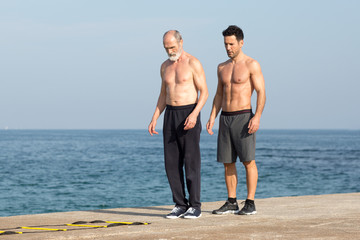 itness levels.
itness levels.
The Ministry Of Health recommends that we:
“…be active every day, in as many ways as possible. Aim for at least 2 ½ hours of moderate (or 1 ¼ hours of vigorous physical activity) spread throughout the week.”
People over 50 should do 30 minutes of moderate physical activity on five or more days per week. Those 65 and older should start off slowly and build up to the recommended daily physical activity levels.
It is important to stretch before exercising. The more flexible you are, the better your balance will be and the less likely you are to get injured. Yoga can be a great way to increase flexibility and health. Yoga will gradually loosen your body and you’ll notice many aches and pains start to disappear. This will likely increase your capacity to exercise.
See your doctor or nurse and ask them for a Green Prescription.
“A Green Prescription is written advice from a health professional (usually your doctor or practice nurse) to be ACTIVE and improve your diet. It’s a support service that helps you to improve your health and feel better at the same time.
If you need help to get more active and make healthy food choices, speak to your doctor or practice nurse. Your doctor or nurse may refer you because you are overweight, or have a medical condition which is stable, such as type 2 diabetes, high blood pressure or depression, and you would benefit from being more active.”
What type of exercise should I do?
Some of the most painless types of exercise are built into your daily routines. Vacuuming, walking around the shops, cleaning and gardening are all low-impact exercise activities that will provide health benefits.
However, you should undertake a mix of exercise. Blend in higher impact exercise; including exercises that raise your heart rate, make you breathe faster and make you feel physically tired afterwards.
Generally speaking, the more intense the exercise, the greater the health benefits will be, so long as you don’t overdo it or injure yourself. It’s a good idea to contact a health professional before undertaking a new fitness plan.
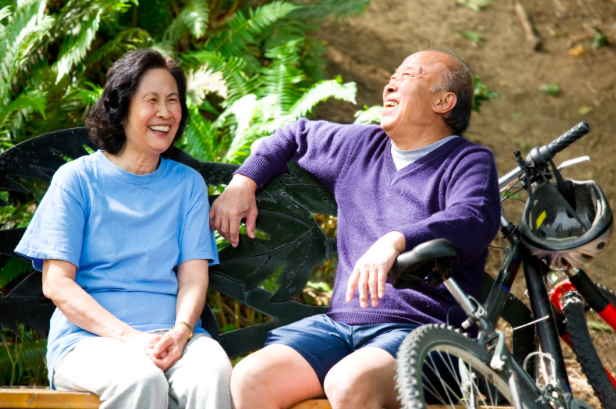 Do something you enjoy: You’re more likely to maintain regular exercise if you enjoy the activity. Enjoyable activities could include a walk along the beach, long bike rides through the countryside, social activities like yoga and gyms, or whatever else you enjoy!
Do something you enjoy: You’re more likely to maintain regular exercise if you enjoy the activity. Enjoyable activities could include a walk along the beach, long bike rides through the countryside, social activities like yoga and gyms, or whatever else you enjoy!
Build a habit: One of the challenges of exercise is
that it’s easy to make excuses not to do it. Try to make exercise a habit by setting a time, starting small, progress incrementally, and mix up your exercise routine to keep it fresh. Do yoga one day, walking the next, and so on.
Swimming: Swimming is a great way to get the heart pumping. It also has less risk of injury than running as you’re moving through water.
Weight lifting: Weights build strength and muscle tone. You don’t need to join a gym as a simple home gym is easy to setup, and there are a wealth of free training materials on YouTube and elsewhere. Take the example of 50-year old Charlene Casey: “Charlene got some inexpensive dumbbells, exercise bands, medicine balls and an inflatable fitness ball, and set up a simple home gym: “I lost 70 pounds in six months,” she said”.
The problem with sedentary lifestyles
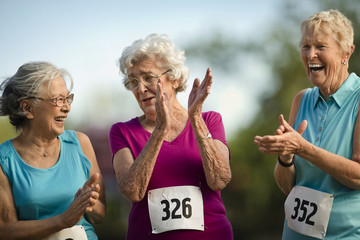 People aged over 65 spend 10 hours or more each day sitting or lying down. This is the most sedentary age group.
People aged over 65 spend 10 hours or more each day sitting or lying down. This is the most sedentary age group.
In combination with our lifestyles, which now involve much less manual labour and reasons to get up off the couch than in the past. Thanks to cars, washing machines, computers, and television, it’s little wonder so many New Zealanders have weight and fitness issues.
A sedentary life can kill you:
“However, unlike smoking, sedentary lifestyles lead to more than 40 medically recognised chronic diseases, such as coronary heart disease, type 2 diabetes, obesity, mental illness, dementia, some cancers. It also leads to reduced quality of life and, perhaps most importantly, unhappiness”
The human body was designed to move. We have the shape and physiology we do due to constant movement, not sitting down. Inactivity, due in part to mechanisation, is a relatively recent development in human history.
Feeling inspired to take action?
Make a resolution. You don’t need to wait fr the new year. Get moving, and stay fit!
Further Resources:
- Fitness Over 50 documentary – an easy to watch, 10-minute youtube documentary on how fitness is becoming a growth trend for those over 50.
- Exercise plan for Women over 50 – still struggling to come up with some ideas? Have a look at a female-focused exercise plan for some inspiration.
- Exercise plan for Men over 50 – still struggling to come up with some ideas? Have a look at a male focused exercise plan for some inspiration.








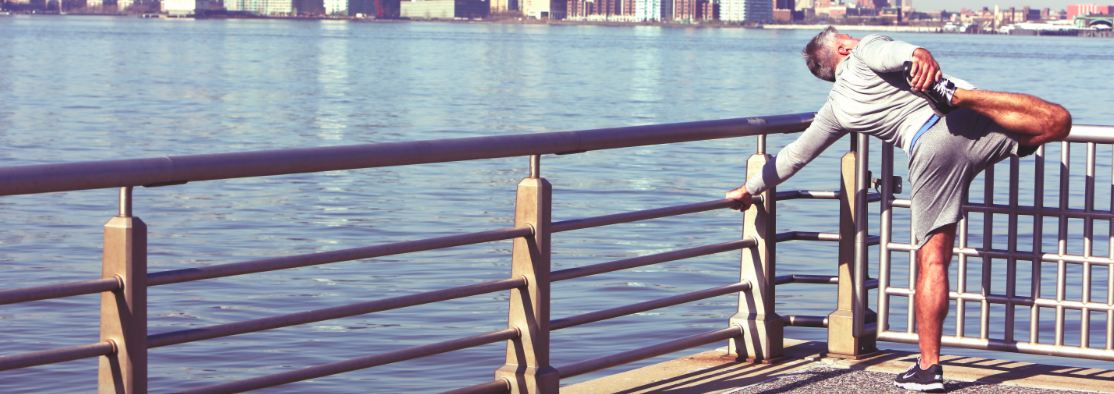
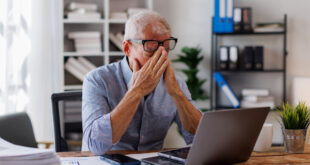
Join the Discussion
Type out your comment here:
You must be logged in to post a comment.